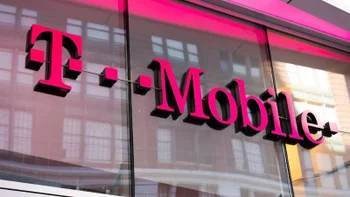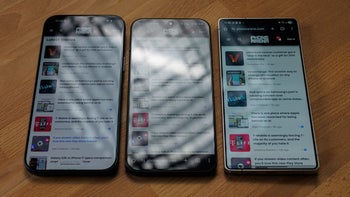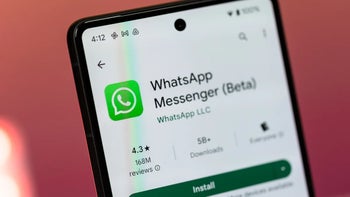T-Mobile has already given phone buyers a reason not to pick any other carrier this year
Other carriers may lag behind T-Mobile in the deployment of the UL Tx Switching feature that power users will not want to be without.

When T-Mobile smashed a new uplink speed record last week, it only briefly mentioned UL Tx Switching, though this underemphasized detail should actually give you even more reason to be excited. The company's new speed record may be little more than a marketing claim, but Release 17 UL Tx Switching is the real deal. This tech allows smartphones to make the most of their hardware for sending data, improving reliability and efficiency by ensuring the most optimal path is used at any given moment.
T-Mobile set an uplink speed record of 550 Mbps in the sub-6 GHz spectrum using 5G Advanced technology. The company was the first to do a live demo of the R17 UL Tx Switching feature on a commercial site.
This achievement comes a month after the deployment of 5G Advanced by the carrier. 5G Advanced is a new category of 5G and will allow for better network performance and capacity, resulting in higher speed, reliability, and efficiency.
Now, as Mike Thelander, president of Signals Research Group notes (as reported by Fierce Wireless) T-Mobile likely conducted its speed test in a carefully selected position near a cell site. That's not reflective of where most users use their phones though, so an average user may not be able to hit this peak speed.
While that doesn't make the record any less impressive, it means that you may not necessarily notice faster uploads. Besides, not many applications require such insane speeds.
.There are very few applications that require 500 megabits per second in the uplink,” he told Fierce. “That being said, I think uplink transmit switching – it’s the real deal. There’s a significant benefit to it and devices are coming.
—Mike Thelander, president of Signals Research Group, May 2025,
This essentially expands uplink capacity and boosts speed by enabling seamless switching and a combination of different frequencies. T-Mobile likened it to "taking the 5G superhighway and adding new faster lanes with spare capacity for traffic to zoom faster than ever."
Since the feature was defined in 3GPP Release 17, which isn't the newest 5G standard any longer, most current Android flagships and the iPhone 16 family may support it, but that's just a guess on our part.
In any case, Thelander seems to suggest that current phones don't support R17 UL Tx Switching. If you consider yourself a power user and seek exceptional uplink performance, you will want to stick with T-Mobile, despite whatever grievances you may have with it. This is especially true if upcoming flagships will support the feature, as it will be of no use on other networks.
Follow us on Google News



![New T-Mobile CEO has everyone on the edge of their seats with new teaser [UPDATED]](https://m-cdn.phonearena.com/images/article/175840-wide-two_350/New-T-Mobile-CEO-has-everyone-on-the-edge-of-their-seats-with-new-teaser-UPDATED.webp)









Things that are NOT allowed:
To help keep our community safe and free from spam, we apply temporary limits to newly created accounts: